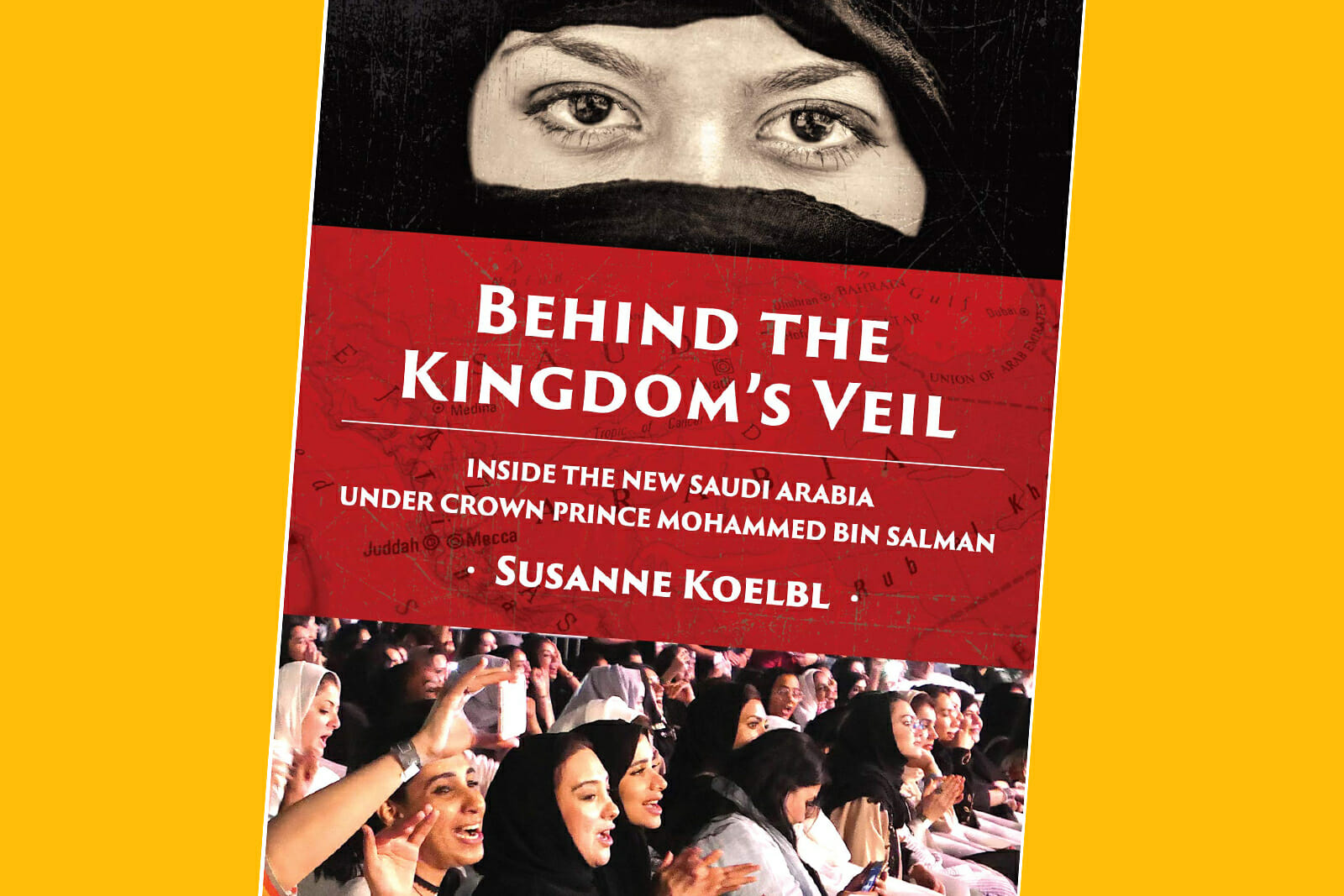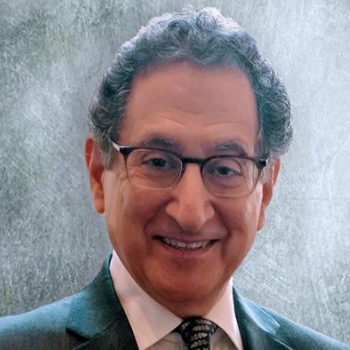
Books
Review of Susanne Koelbl’s ‘Behind the Kingdom’s Veil: Inside the New Saudi Arabia Under Crown Prince Mohammed bin Salman’
Saudi Arabia is an enigma. It first became a stereotype in the American book of characters to hate during the oil embargo of 1973. Until then, its image had been one fed by cinematic and newsreel portraits of Bedouins who inhabited vast swaths of inhospitable lands largely inconsequential to global politics. The oil embargo led to the accumulation of vast monetary reserves setting the Kingdom on its current course of a nation that seems caught up in asserting its regional hegemony through enormous expenditures on military and technical acquisitions designed to boost its leadership.
Not all has gone well; yet much has been accomplished both in terms of human development and asserting its interests. It remains an enigma, which Crown Prince Mohammed bin Salman (MbS) is determined to resolve by diminishing its economic dependence on oil and gas products and providing leadership that opposes Iran’s claim to Islamic and regional leadership, acts to strengthen its role as the leader of the Gulf Cooperation Council (GCC) grouping of Arab states, and seeks its perceived rightful role as a player in global politics.
It is this enigma and MbS’s determination to redefine the course of Saudi Arabia’s future that is the subject of Susanne Koelbl’s new book Behind the Kingdom’s Veil: Inside the New Saudi Arabia Under Crown Prince Mohammed bin Salman.
I don’t know Susanne Koelbl, but I sure would like to meet her if she comes to the U.S. to promote her book. A virtual encounter would waste the opportunity to reminisce with a kindred spirit about the challenges and adventures possible in Saudi Arabia if one goes out beyond the hotels, business meetings, and now-to-be found tourist sites that MbS is banking on as a pillar of economic diversity. Her book is about people, aspirations, visions, crushed dreams, insecurity, opportunity, and acceptance.
It is an adventure story and a morality tale all in one. Her interviews and profiles of people run the gauntlet from the top to the base of the pyramid that is Saudi Arabia today. The difference between her experiences beginning in 2011 and mine starting in 1976 is the bulge in the middle of the edifice, resulting from the education of millions of Saudis that has given them insights and objectives to make decisions that were not possible decades ago.
Susanne has a sensitivity and sense of irony in drawing out statements from her sources. She frames the profiles in historical and contemporary contexts that are invaluable for anyone interested in the Kingdom and where the engine is headed. Susanne does not shy away from asking hard questions, gathering painful recollections, and providing nuances that allow the reader to pass their own judgments on the perspectives and experiences she unfolds.
It is neither a tell-all nor a selective editing of what’s going on in Saudi Arabia. She lets her stories carry the promises, justifications, insights, and contradictions that make the Kingdom a fascinating and challenging country in transition to a hard reality where art is unfettered, young men and women are confident in shaping their futures, and older generations can reminisce with a sigh and much shaking of their heads about the warp speed of changes in their lifetimes.
While the politics of the moment dominate any discussion of Saudi Arabia, this book brings us the people who are living with and through Vision 2030 as defined by MbS. He is simultaneously driven and obstructed by his complex ambitions. To sharpen and deepen your understanding of Saudi Arabia and how it impacts people in diverse ways, take the time to read this book. Time well spent.

